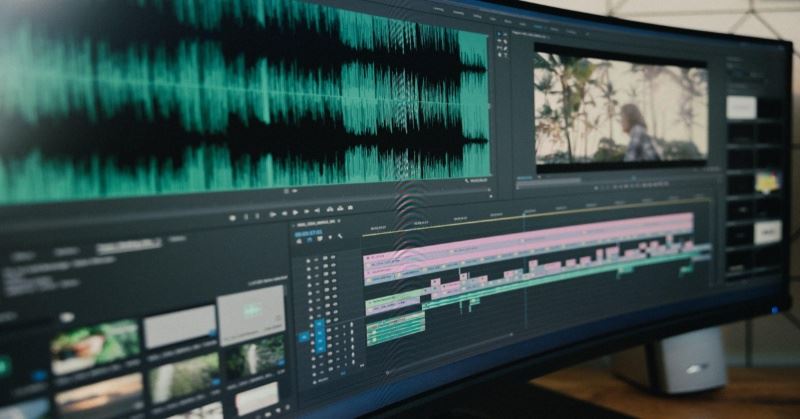One of the most popular questions we receive from clients is, ‘When should we refresh our campaign creative?’
Unfortunately, like many things in life, there is no one right answer to this question. An old rule of thumb is rotating in new creative every 6-8 weeks—but what happens if your campaign is still getting good results? Should you take that creative down?
Let’s walk through some guidelines that can be used to help determine when your campaign needs a makeover.
Before we swap, we test
Before creative gets refreshed, there is typically some amount of creative testing involved. Results should be collected from a creative test when a certain impression threshold is met. At Arm Candy, that general guideline is 50,000 impressions per creative being tested, but that number can be subjective and also varies heavily by channel. It also means that the time it takes to test creative is subject to campaign parameters. It’s important to think about an impression threshold, because if you remove all but the best performing creatives too quickly, your performance could decrease. It is easy to mistake correlation with causation.
It’s also typically recommended that the number of tests being done at one time are limited—especially if there are a large number of audiences and channels running across the campaign. The greater the number of creatives and audiences being tested, the greater number of ad sets need to be produced across each campaign.
Unless the campaign itself is very narrowly targeted—something we would also advise against—it’s better to run consistent creative across all audiences. This gives platforms as much room to breathe as possible. This also ensures you aren’t making assumptions about why a creative appears to be performing well with one audience versus another.
Let’s look at an example for a display campaign. Quick math can show you that 6 creative versions, with 4 ad sizes each, across 5 audiences, yields a total of 120 different actual ads being delivered in a campaign. Say the display campaign is running a $6 CPM—that means that each ad wouldn’t achieve 100,000 impressions until $72,000 have been spent.
While algorithms and optimizations will likely skew delivery to specific creatives that are performing better overall, that can be a lot of money to get basic learnings about what creative will perform better than another.
If some creative is taking off, you may decide to remove lower performing ads from the campaign altogether, and the 50,000 threshold doesn’t apply.
Less about time, more about metrics
With the impression thresholds in mind, creative swaps are similar to testing. It’s better to wait for a certain impression threshold, allowing for statistical significance, before removing the creative to gauge creative fatigue rather than a certain number of weeks.
But more than the delivery threshold, the actual metrics are important. If a creative has been running much longer than expected without a decrease in performance metrics, then it may not be time to take it out of rotation. Instead, adding new creative could be a better solution. It doesn’t hurt to have those new versions rotated in or in the queue, with a close eye on historic creative to yank it out of the campaign once performance begins to decline.
It’s also important to keep in mind that some platforms, like Facebook, will see a reset to the algorithm’s optimizations when changes are implemented to a campaign. Facebook resets a campaign into the ‘Learning Phase,’ and it takes 50 optimization events per ad to get back into the groove. You may want to proceed with caution!
Creative Refresh Guidelines
- Remember when it comes to creative, less is more! Especially with rigorous audience testing.
- Calculate how many creative units are feasible within your working budget by understanding your estimated weekly impression delivery per asset
- Give yourself a delivery threshold that makes sense for the campaign before completely removing creative from rotation.
Still have questions about getting the right creative in a campaign? Let’s have a chat!


